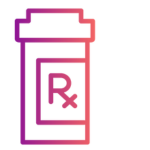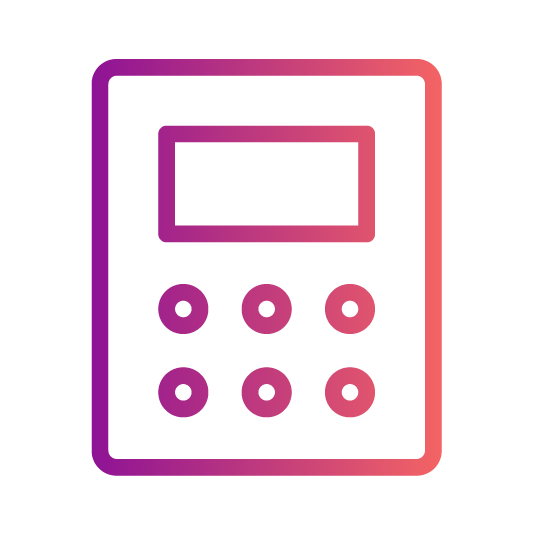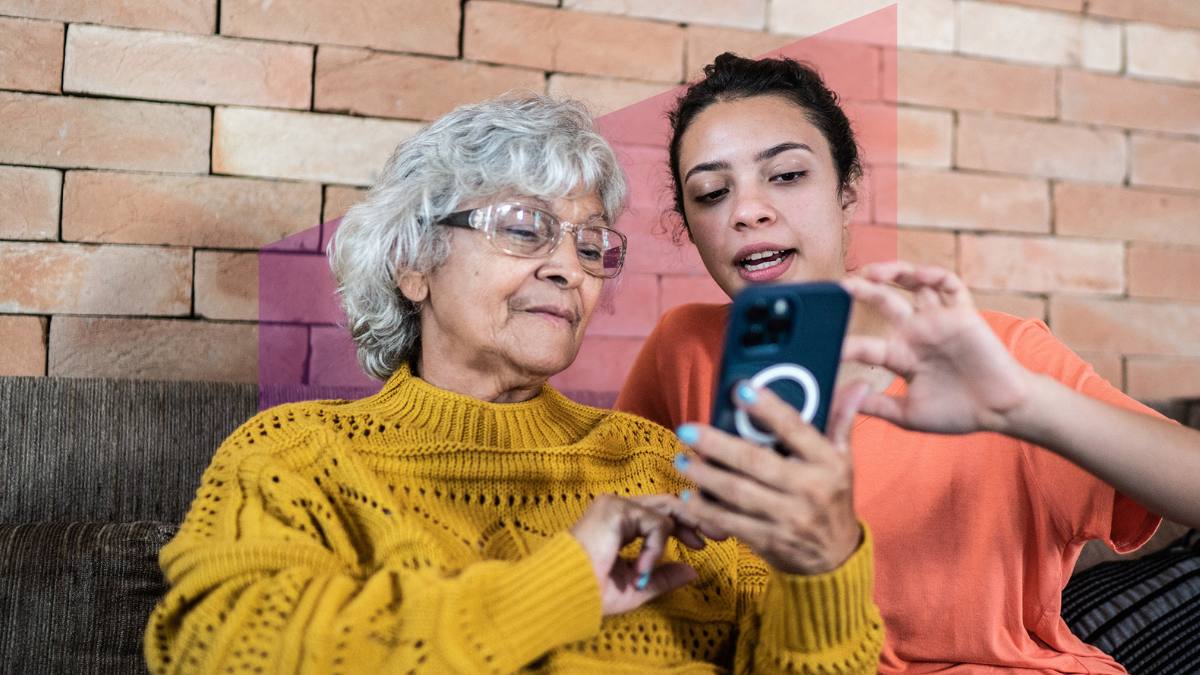What is the Medicare Prescription Payment Plan?
The Medicare Prescription Payment Plan is a voluntary Medicare Part D payment option that went into effect on January 1, 2025. Patients must opt-in to participate in the payment plan, it is not automatic. This program lets you spread your out-of-pocket drug payments throughout the calendar year but won’t lower them. You join the program through your Medicare Part D drug plan, and anyone with a Part D plan is eligible to participate.
How will I be notified if I am “likely to benefit” from the plan?
Medicare Part D plans will provide information about this payment option to their enrollees before the plan year. Your health plan may contact you if you are “likely to benefit” from the Medicare Prescription Payment Plan, based on your out-of-pocket spending for your prescription medications.
You’re most likely to benefit from participating in the Medicare Prescription Payment Plan if you have had high drug costs, have trouble affording costs all at once, and/or are not eligible for assistance through Medicare’s Extra Help program and charitable foundations like the PAN Foundation.
Anyone enrolled in a Part D plan who thinks they would benefit from the Medicare Prescription Payment Plan, regardless of their level of out-of-pocket spending, can opt-in to the program by contacting their plan. Information about the program is also on Medicare.gov and in your “Medicare & You” handbook.

Is the Medicare Prescription Payment Plan right for me?
You may want to consider participating if:
- You have a hard time paying your out-of-pocket drug costs all at once.
- You paid over $2,000 in out-of-pocket drug costs in the first nine months of last year.
- You have had a single prescription cost of at least $600.
- You are not eligible for programs that would significantly reduce your out-of-pocket costs
- You want to budget and spread your out-of-pocket drug costs throughout the year.
Options to consider before signing up
Before deciding to opt-in to the Medicare Prescription Payment Plan, you should check if you’re eligible for patient financial assistance programs that can lower your out-of-pocket costs for prescription medications. These include:
- Federal government programs, such as the Extra Help program
- State government programs, such as State Pharmaceutical Assistance Programs and Medicare Savings Programs.
- Independent charitable assistance foundations that offer financial assistance to eligible patients, such as the PAN Foundation.
Can I receive patient assistance and also opt-in to the Medicare Prescription Payment Plan?
Yes. You can participate in the Medicare Prescription Payment Plan and receive charitable financial assistance, such as a copay grant from the PAN Foundation. They are not mutually exclusive.
If you get charitable financial assistance for a Part D covered drug, that assistance will apply to the cost of the medication first, before pharmacies submit final costs (transactions) to your Part D plan.
Should I also consider applying for patient assistance from drug manufacturers?
Manufacturers do not provide financial assistance to people with federal insurance, including Medicare. Manufacturer patient assistance programs (PAPs) operate outside of the Part D benefit, so PAP-covered drugs are ineligible for inclusion in the Medicare Prescription Payment Plan. For patients covered by Medicare, it is recommended that assistance from other programs, such as the federal Extra Help program, and those offered by charitable foundations, like the PAN Foundation, be explored first.
How to opt-in to the Medicare Prescription Payment Plan
The easiest way to opt-in is by:
- Calling your plan—the plan’s phone number is on the back of your membership card
- Visiting your plan’s website
You will need to complete a Medicare Prescription Payment Plan Participation Request Form. Once submitted, you will get confirmation from your plan that you have been successfully enrolled in the program as of a certain date.
When to opt-in the Medicare Prescription Payment Plan
You can sign up for this payment option anytime throughout the year, including during Medicare open enrollment, but the best time to join is prior to the plan year or at the beginning of the plan year. This will give you more months to spread out your costs. If you sign up in September, for example, there aren’t very many months left in the year to spread out your payments.
Opt-in requirements are changing in 2026
Effective in 2026, Part D plans will be required to automatically renew people who opted-in to the Medicare Prescription Payment Plan in 2025. If you change plans, you will need to opt-in to the payment option with your new plan.
You must opt-in again if you switch mid-year to a different Part D plan benefit package with the same sponsor
If you opt-in to the Medicare Prescription Payment Plan and switch mid-year to a different plan benefit package (PBP) offered by the same Part D sponsor, your participation in the payment plan will end and you must opt-in again. You can choose to opt-in to the Medicare Prescription Payment Plan again; contact your new plan at the number on the back of your new card or visit their website.
After I sign up, how does it work at the pharmacy?
Once you have received confirmation from your plan that you are opted-in to the Medicare Prescription Payment Plan, you will continue to get your medications covered by Part D from the pharmacy (including mail-order and specialty pharmacies) but will not pay anything at that time.
Your Part D plan will let your pharmacy know that you are participating in this program, and the plan will bill you separately month-to-month for your prescription costs. Each month, your plan will send you a bill with the amount you owe, when payment is due, and how to make a payment.
This bill will be separate from the bill you receive for your prescription drug plan premium.
Estimating your monthly payments
Your monthly bill will be based on what you would have paid for any prescriptions you get, plus your previous month’s balance, divided by the number of months left in the year.

Example scenario:
Mary fills a prescription at the pharmacy in February. The out-of-pocket cost sharing for this prescription is $1,030. Mary had zero ($0) prescription out-of-pocket costs in January.
If there are no additional costs for the remainder of the year, Mary’s monthly bill will be calculated as follows:
$1,030 (February costs) + $0 (January costs)/11 (months remaining in year, including February) = $93.64 / month
| Month | Out-of-pocket costs | Maximum monthly cap | Patient’s monthly payment |
| January | $0 | $1,66.67 | $0 |
| February | $1,030 | $93.64 | $93.64 |
| March | $0 | $93.64 | $93.64 |
| April | $0 | $93.64 | $93.64 |
| May | $0 | $93.64 | $93.64 |
| June | $0 | $93.64 | $93.64 |
| July | $0 | $93.64 | $93.64 |
| August | $0 | $93.64 | $93.64 |
| September | $0 | $93.64 | $93.64 |
| October | $0 | $93.64 | $93.64 |
| November | $0 | $93.64 | $93.64 |
| December | $0 | $93.64 | $93.64 |
| Total: | $1,030 | $1,030 |
And remember, your payments may change from month to month. Future payments may increase if you fill a new prescription or refill an existing prescription because as new out-of-pocket costs are added to your monthly payment, there are fewer months left in the year to spread out your payments.
It is important to note that there is no interest on your monthly payments.
Will the payment plan affect my annual Medicare Part D cap?
No. Regardless of what you may spend month-to-month, by the time you reach December 31, you will not have paid more than the annual limit under the Medicare Part D cap (e.g., $2,100 in 2026). The Part D annual out-of-pocket cap still applies even if you decide not to opt-in to the payment plan, and even if you decide to leave it.
How does the Medicare Prescription Payment Plan work if I have secondary insurance?
Payments made on your behalf through secondary insurance will be taken into account before the Part D plan calculates what you will owe through the Medicare Prescription Payment Plan.
What if I miss a payment?
If you miss a payment, your plan will send a reminder. If you have not paid your amount owed within two months of the due date, your plan can remove you from the Medicare Prescription Payment Plan and will send you a notice of disenrollment.
If removed from the program, you will still be enrolled in your Medicare Part D plan, and you still need to pay what you owe. Once you pay what is owed, you can rejoin the Medicare Prescription Payment Plan at any time by contacting your plan.
You should contact your Part D plan if you think there has been a mistake in your bill or if you are having difficulty paying your bill. Always pay your prescription drug plan premium first so that you don’t lose coverage of your Medicare Part D medications.
Can I leave the plan?
Yes, you can leave the program at any time by contacting your plan.
If you leave the Medicare Prescription Payment Plan, you will be asked to pay your outstanding balance—which you can do all at once or monthly. Once you leave the program, you will go back to paying your pharmacy directly for your prescription medications.
Leaving the Medicare Prescription Payment Plan will not affect your Medicare drug coverage or other Medicare benefits. If you want to join the program again after you have left, you can contact your plan.
If you leave or change your Medicare Part D plan, your participation in the Medicare Prescription Payment Plan will end and you will need to contact your new plan to rejoin.
Where to get more help with the Medicare Prescription Payment Plan
- Medicare’s website about the Medicare Prescription Payment Plan has more information, plan details, and a video about how it works.
- Visit your health plan’s website or call your plan; their phone number is on the back of your membership card.
- Visit Medicare.gov or call 1-800-MEDICARE (1-800-633-4227). TTY users: 1-877-486-2048.
- Visit the State Health Insurance Program website to get the phone number for your local SHIP and get free, personalized health insurance counseling.
Ways to lower out-of-pocket prescription costs
Tips for saving money on prescription medications
If you’re worried about the cost of your prescription medications, help may be available. Different options and resources are available to help reduce out-of-pocket prescription medication costs. Explore our guide to ways you can lower your prescription costs.
Extra Help program
The Low-Income Subsidy (LIS) or Extra Help program, is a federal program that helps people on Medicare drug plans with limited income and assets pay for the monthly premiums, annual deductibles, and copays related to their prescription medications. Extra Help covers almost all costs for the people who are eligible. Learn more and find out if you qualify.
Financial assistance for your prescription medications
Financial assistance options are available from multiple sources: the federal government, state government, nonprofit programs, and the private sector, which usually includes for-profit companies. Read our guide to patient financial assistance.
-
Subscribe to news
Sign up to receive PAN news, from helpful articles to action alerts.
Subscribe today -
-


